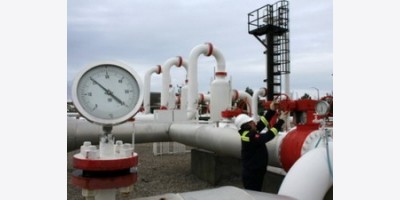The U.S. Energy Information Administration is “quite prepared” to review how American exports of crude oil would affect global markets as domestic production is expected to reach about 10 million barrels a day by 2017, agency Administrator Adam Sieminski said.
Sieminski said a review should consider how crude exports would affect U.S. refining operations and foreign sales of other petroleum products.
“I think we can address each one of these,” he said today at the IHS CERAWeek energy conference in Houston.
The goal would be to “create building blocks” for policy makers to make sense of the issues involved, Sieminski said.
As to whether the U.S. should export crude oil, Sieminski said “that’s a policy question” and not one he should answer.
Sieminski’s comments came in response to a request yesterday from Senator Lisa Murkowski, an Alaska Republican and ranking member of the Senate Committee on Energy and Natural Resources. She said at the conference that the U.S. should use its vast oil resources as a strategic asset and ship to other countries, creating revenue and jobs. She added that she would ask the EIA to review the impact of crude oil exports.
The surge in U.S. oil production is largely because of technology that has allowed access to resources in previously hard-to-reach shale plays. A combination of horizontal drilling and hydraulic fracturing, or fracking, has unlocked supplies in shale formations including the Eagle Ford in Texas and the Bakken in North Dakota. Burgeoning output has reduced domestic demand for foreign oil.
Output Estimates
Sieminski said the EIA’s latest estimate is that U.S. oil production will grow to about 10 million barrels a day by 2017, exceeding prior outlooks. In December, the agency, the Energy Department’s statistical arm, said domestic output will grow annually by about 800,000 barrels a day to 9.5 million in 2016, nearing the record level of 9.6 million in 1970.
Russia produced 10.55 million barrels a day in January, while Saudi Arabian output was 9.7 million, according to the EIA. The U.S. pumped 8.159 million barrels a day in the week ended Jan. 10, the most since July 1988, EIA data show.
To contact the reporter on this story: Harry R. Weber in Houston athweber14@bloomberg.net
To contact the editor responsible for this story: Dan Stets atdstets@bloomberg.net
By Bloomberg























